Home>diy>Building & Construction>What Are Construction Zone Signs And What Color And Shape Are They?


Building & Construction
What Are Construction Zone Signs And What Color And Shape Are They?
Modified: January 24, 2024
Discover the purpose of construction zone signs and learn about their distinct shapes and colors. Stay informed about building-construction safety guidelines.
(Many of the links in this article redirect to a specific reviewed product. Your purchase of these products through affiliate links helps to generate commission for Storables.com, at no extra cost. Learn more)
Introduction
Welcome to the world of construction zones! Whether you are a driver passing through a construction zone or a construction worker on-site, one thing that you cannot miss are the construction zone signs. These signs play a crucial role in ensuring safety and providing essential information in and around construction areas.
In this article, we will explore the purpose of construction zone signs, the different types of signs you may encounter, and the significance of their colors and shapes. So, fasten your seatbelts and get ready to delve into the world of construction zone signage!
Construction zone signs are there for a reason – to protect both drivers and workers. They provide clear guidance and warnings regarding potential hazards, speed limits, and other important information. Understanding and following these signs is essential for ensuring the safety of everyone present in the construction zone.
Let’s explore the various types of construction zone signs you may come across.
Key Takeaways:
- Construction zone signs, including regulatory, warning, and informational signs, are crucial for promoting safety and providing essential information to drivers and pedestrians in and around construction areas.
- The colors and shapes of construction zone signs are carefully chosen to ensure high visibility, easy recognition, and effective communication of important information to drivers, contributing to overall safety and efficiency.
Read more: What Colors Are Used For Construction Signs
Purpose of Construction Zone Signs
The primary purpose of construction zone signs is to promote safety and communicate important information to drivers and pedestrians in and around construction areas. These signs serve as visual cues that alert individuals to be cautious and follow specific instructions to prevent accidents or injuries.
One of the key purposes of construction zone signs is to provide regulatory information. Regulatory signs are designed to enforce traffic laws and regulations in construction zones. These signs may indicate reduced speed limits, lane closures, detours, and other temporary changes to normal traffic patterns. By clearly communicating these regulations, construction zone signs help maintain order and prevent accidents caused by faulty or unaware drivers.
Another important purpose of construction zone signs is to warn drivers and pedestrians about potential hazards. Warning signs are typically yellow with black text and symbols, and they indicate the presence of unusual or dangerous conditions. These signs may warn of uneven pavements, falling debris, workers or equipment in the roadway, or other hazards that drivers need to be aware of when navigating through the construction zone.
Furthermore, construction zone signs also serve an informational purpose. These signs provide essential information such as the nature of the construction work being carried out, estimated project duration, contact information for the construction company, and any alternative routes that drivers can take. By communicating this information, construction zone signs help drivers make informed decisions and plan their routes accordingly.
Overall, the purpose of construction zone signs is to enhance safety and minimize risks in and around construction areas. They serve as vital communication tools that ensure drivers and pedestrians navigate through construction zones with caution and adhere to the temporary rules and regulations put in place for their safety.
Types of Construction Zone Signs
Construction zone signs can be categorized into three main types: regulatory signs, warning signs, and informational signs. Each type serves a specific purpose and helps maintain safety and order within the construction zone.
1. Regulatory Signs
Regulatory signs in construction zones are designed to enforce traffic laws and regulations. These signs are typically rectangular or square in shape and have a white background with black text and symbols. They may include speed limit signs, lane closure signs, detour signs, and signs indicating specific rules that drivers must follow in the construction zone.
For example, a “Reduce Speed Ahead” sign notifies drivers to slow down in preparation for the construction zone. “Lane Closed Ahead” signs indicate that a lane is no longer accessible and drivers need to merge into the available lanes. “No U-Turn” signs may be displayed to prevent drivers from making sudden or unsafe turns within the construction zone.
2. Warning Signs
Warning signs in construction zones are designed to alert drivers and pedestrians of potential hazards and dangerous conditions. These signs are typically diamond-shaped with a yellow background and black text or symbols. They serve as visual cues to drivers to exercise caution and be aware of their surroundings.
Common warning signs in construction zones include “Work Zone Ahead” signs, which indicate that drivers are approaching an area where construction is taking place. “Worker Symbol” signs remind drivers to be mindful of workers present in the construction zone. Other warning signs may include “Uneven Pavement,” “Falling Debris,” or “Construction Vehicle Crossing,” indicating potential hazards and risks in the area.
3. Informational Signs
Informational signs in construction zones provide drivers with essential information regarding the ongoing construction activities, alternative routes, and other useful details. These signs are typically rectangular or square in shape and have a white background with black text or symbols.
Examples of informational signs include “Road Work Ahead” signs, which provide advance notice of upcoming construction. “Detour” signs indicate alternative routes that drivers can take to bypass the construction zone. Construction project duration, contact information, and other relevant details may also be displayed on informational signs to keep drivers informed.
Understanding the different types of construction zone signs can help drivers navigate through construction areas safely and effectively. By obeying regulatory signs, being alert to warning signs, and following the information provided on informational signs, drivers can minimize risks and ensure the smooth flow of traffic through construction zones.
Regulatory Signs
Regulatory signs in construction zones play a crucial role in maintaining order and enforcing traffic laws and regulations. These signs provide clear instructions and guidelines that drivers must follow to ensure the safety of everyone in the construction zone.
One of the most common regulatory signs in construction zones is the speed limit sign. These signs indicate the maximum speed at which drivers should travel through the construction area. Typically, speed limits in construction zones are lower than the normal speed limits to account for the presence of workers, equipment, and potential hazards. By adhering to the posted speed limit, drivers can reduce the risk of accidents and ensure the safety of workers and pedestrians.
Lane closure signs are another type of regulatory sign often found in construction zones. These signs indicate that a lane is closed and drivers must merge into the available lanes accordingly. They are usually paired with arrows, guiding drivers on which direction they should merge. It is important to pay close attention to these signs and merge early and safely to avoid congestion and potential accidents.
Detour signs are also essential regulatory signs in construction zones. They provide directions for drivers to take alternative routes when a road or a part of it is closed. Detours ensure smooth traffic flow and minimize disruption caused by construction activities. Following the detour signs is essential to avoid getting lost or causing unnecessary delays.
Construction zones may also have signs indicating specific rules or restrictions that drivers must follow. These signs can vary depending on the nature of the construction work and any temporary changes to traffic patterns. For example, “No Left Turn” or “No Right Turn” signs may be present to maintain a safe flow of traffic or to allow construction vehicles access to certain areas. These signs should be followed to prevent accidents and facilitate the construction process.
Regulatory signs in construction zones are designed to protect both drivers and workers. They provide clear instructions and guidelines that must be followed to ensure the safety and efficiency of the construction area. It is essential for drivers to pay attention to these signs, obey the posted regulations, and adjust their driving behavior accordingly. By doing so, we can create a safer environment for everyone in and around construction zones.
Warning Signs
Warning signs in construction zones play a vital role in alerting drivers and pedestrians of potential hazards and dangers that they may encounter. These signs are designed to grab attention, provide a visual cue, and prompt individuals to exercise caution when approaching or navigating through the construction area.
One of the most common warning signs in construction zones is the “Work Zone Ahead” sign. This sign serves as an advance warning that drivers are approaching an area where construction work is taking place. It allows drivers to mentally prepare for a change in driving conditions, such as a reduced speed limit or a narrowed roadway. The “Work Zone Ahead” sign helps drivers anticipate the need to slow down and proceed with caution.
Another important warning sign is the “Worker Symbol” sign. This sign features the image of a worker, often wearing a hard hat, to indicate that there are construction workers present in the area. It serves as a reminder for drivers to be cautious and watch out for workers who may be on foot, directing traffic, or operating equipment. This sign helps raise awareness of the need to drive attentively and safely around construction personnel.
Warning signs in construction zones also include signs that warn of specific hazards or dangers that drivers should be aware of. For instance, an “Uneven Pavement” sign alerts drivers to the presence of uneven surfaces or temporary road conditions that may affect vehicle stability. A “Falling Debris” sign warns drivers of the potential risk of objects or materials falling from above. Other warning signs may include “Construction Vehicle Crossing” signs, indicating that construction equipment may be crossing the roadway.
These warning signs are typically diamond-shaped with a yellow background and black text or symbols. The use of high contrast colors and distinctive shapes helps to easily catch the attention of drivers and pedestrians. Warning signs are strategically placed ahead of the hazard or potential danger so that individuals have ample time to react and adjust their driving behavior accordingly.
It is crucial to pay close attention to warning signs in construction zones and to heed their messages. These signs serve as a crucial reminder to reduce speed, be alert, and navigate with caution. By obeying warning signs, drivers can help prevent accidents, protect themselves and others, and ensure a safe passage through the construction zone.
Informational Signs
Informational signs in construction zones provide drivers with essential information regarding the ongoing construction activities, alternative routes, and other useful details. These signs play a key role in keeping drivers informed and enabling them to make well-informed decisions while navigating through the construction area.
One of the common informational signs in construction zones is the “Road Work Ahead” sign. This sign warns drivers in advance that there is road construction ahead. It acts as a heads-up, giving drivers time to prepare for potential changes in traffic patterns, reduced speed limits, or lane closures. The “Road Work Ahead” sign helps drivers anticipate and adjust their driving behaviors accordingly to ensure a smooth and safe passage through the construction area.
Detour signs are also crucial informational signs that provide alternative routes for drivers when a road or part of it is closed due to construction. These signs guide drivers to navigate around the construction zone and reach their desired destination. Detour signs are typically placed strategically to provide clear and concise directions and prevent confusion among drivers. Following the detour signs ensures a smoother flow of traffic and minimizes disruption caused by construction activities.
Informational signs in construction zones may also include details about the duration of the construction project. These signs inform drivers about how long the construction work is expected to last. This information allows drivers to plan their routes accordingly, especially if the construction is expected to cause prolonged delays. Knowing the estimated project duration helps drivers make informed decisions about whether to continue on their current route or seek alternate routes.
Contact information for the construction company or authorities responsible for the project may also be displayed on informational signs. This information allows drivers to report any issues or seek additional information if needed. It provides a channel of communication for drivers to address concerns or obtain clarification regarding the construction activities.
Overall, informational signs in construction zones are designed to keep drivers well-informed and equipped with the necessary information to navigate through the area safely and efficiently. By paying attention to these signs and following the instructions provided, drivers can reduce confusion, minimize delays, and ensure a smooth and safe passage through the construction zone.
Construction zone signs are used to alert drivers of potential hazards and changes in road conditions. They are typically orange in color with black lettering and symbols. Look out for these signs to stay safe in construction areas.
Color and Shape of Construction Zone Signs
The color and shape of construction zone signs are carefully chosen to ensure high visibility and easy recognition. These design elements are crucial in capturing the attention of drivers and conveying important information quickly and effectively.
First, let’s discuss the colors used in construction zone signs. Regulatory signs, which enforce traffic laws and regulations, typically have a white background with black text or symbols. This high contrast combination helps the information on the sign stand out and ensures legibility, especially in low-light conditions. White is also associated with rules and regulations, making it a suitable color for conveying important instructions to drivers.
Warning signs in construction zones have a distinct color scheme – yellow with black text or symbols. Yellow is universally recognized as a color of caution and warning. Its high visibility makes it effective in grabbing attention and alerting drivers to potential hazards or dangers ahead. The combination of yellow and black creates a high contrast that aids in quick recognition and comprehension of the warning message. Drivers are more likely to notice and react to these signs, reducing the risk of accidents or injuries.
Informational signs in construction zones often have a white background with black text or symbols, similar to regulatory signs. This color combination maintains consistency and ensures legibility. It allows the information provided on these signs to stand out clearly, making it easier for drivers to read and understand the details related to the construction activities, alternative routes, or project duration.
Now, let’s discuss the shapes of construction zone signs. Regulatory signs are typically rectangular or square in shape. This shape serves as a visual cue to drivers that specific rules and regulations are in effect in the area. The consistent shape of regulatory signs helps drivers quickly recognize them and understand that they need to adhere to the displayed instructions.
Warning signs in construction zones are generally diamond-shaped. This shape is distinctive and easily distinguishable from other signs on the road. The diamond shape alerts drivers that there may be potential hazards or dangers ahead that require extra caution. Drivers are trained to associate diamond-shaped signs with warning messages, prompting them to pay closer attention to their surroundings and adjust their driving behavior accordingly.
Informational signs in construction zones often have a rectangular or square shape, similar to regulatory signs. This shape ensures consistency and makes them easily identifiable. The rectangular shape allows for clear presentation of information, including project details, detour routes, and contact information, enabling drivers to gather the necessary information quickly and conveniently.
The color and shape of construction zone signs are carefully chosen to maximize visibility, convey information clearly, and capture the attention of drivers. By using distinctive colors and shapes, construction zone signs help ensure the safety and well-being of drivers, workers, and pedestrians in and around construction areas.
Conclusion
Construction zone signs are vital components of any construction site. They serve the crucial role of ensuring the safety of workers and drivers, providing clear instructions, and communicating important information. Understanding the purpose and significance of construction zone signs is essential for all individuals navigating through these areas.
Throughout this article, we explored the different types of construction zone signs: regulatory signs, warning signs, and informational signs. Regulatory signs enforce traffic laws and regulations, warning signs alert drivers of potential hazards, and informational signs provide essential details about the construction activities and alternative routes.
We also discussed the colors and shapes of construction zone signs. The use of high contrast colors such as white, black, and yellow ensures visibility and captures attention. The distinctive shapes, such as squares, rectangles, and diamonds, help drivers quickly recognize and interpret the signs’ messages.
By following construction zone signs, drivers can navigate construction areas safely and effectively, minimizing the risk of accidents, injuries, and traffic congestion. Being aware of speed limits, lane closures, detours, and potential hazards is crucial in maintaining order and ensuring the well-being of everyone present in the construction zone.
Whether you are a driver passing through a construction zone or a construction worker on-site, it is essential to pay attention to construction zone signs. These signs serve as a crucial guide, providing instructions, warnings, and important information to create a safe environment for all.
So, the next time you find yourself in a construction zone, take a moment to observe and understand the various construction zone signs. They are there to protect, inform, and guide you through the intricacies of the construction site. By respecting and following these signs, we can contribute to the overall safety and efficiency of construction zones.
Frequently Asked Questions about What Are Construction Zone Signs And What Color And Shape Are They?
Was this page helpful?
At Storables.com, we guarantee accurate and reliable information. Our content, validated by Expert Board Contributors, is crafted following stringent Editorial Policies. We're committed to providing you with well-researched, expert-backed insights for all your informational needs.
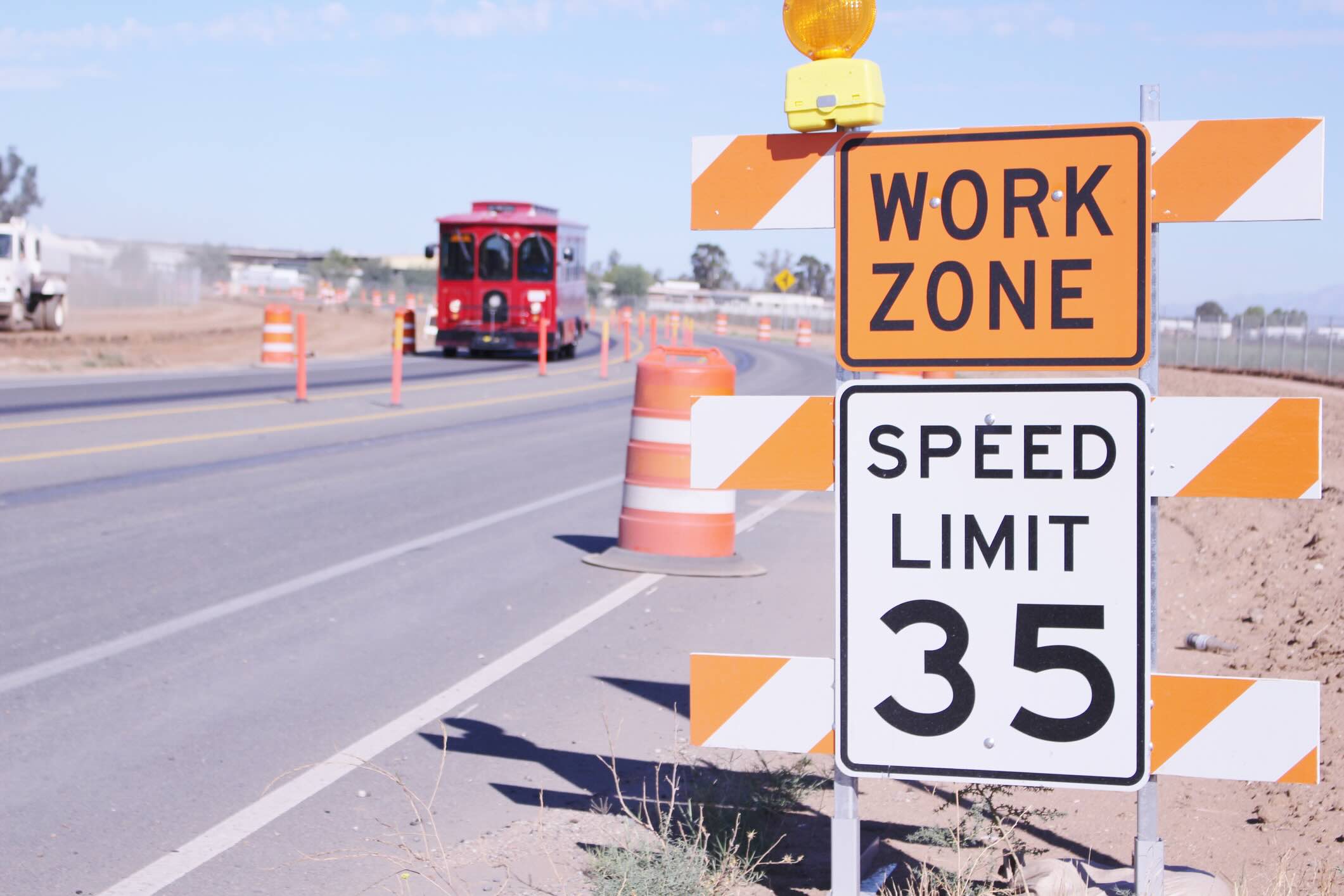
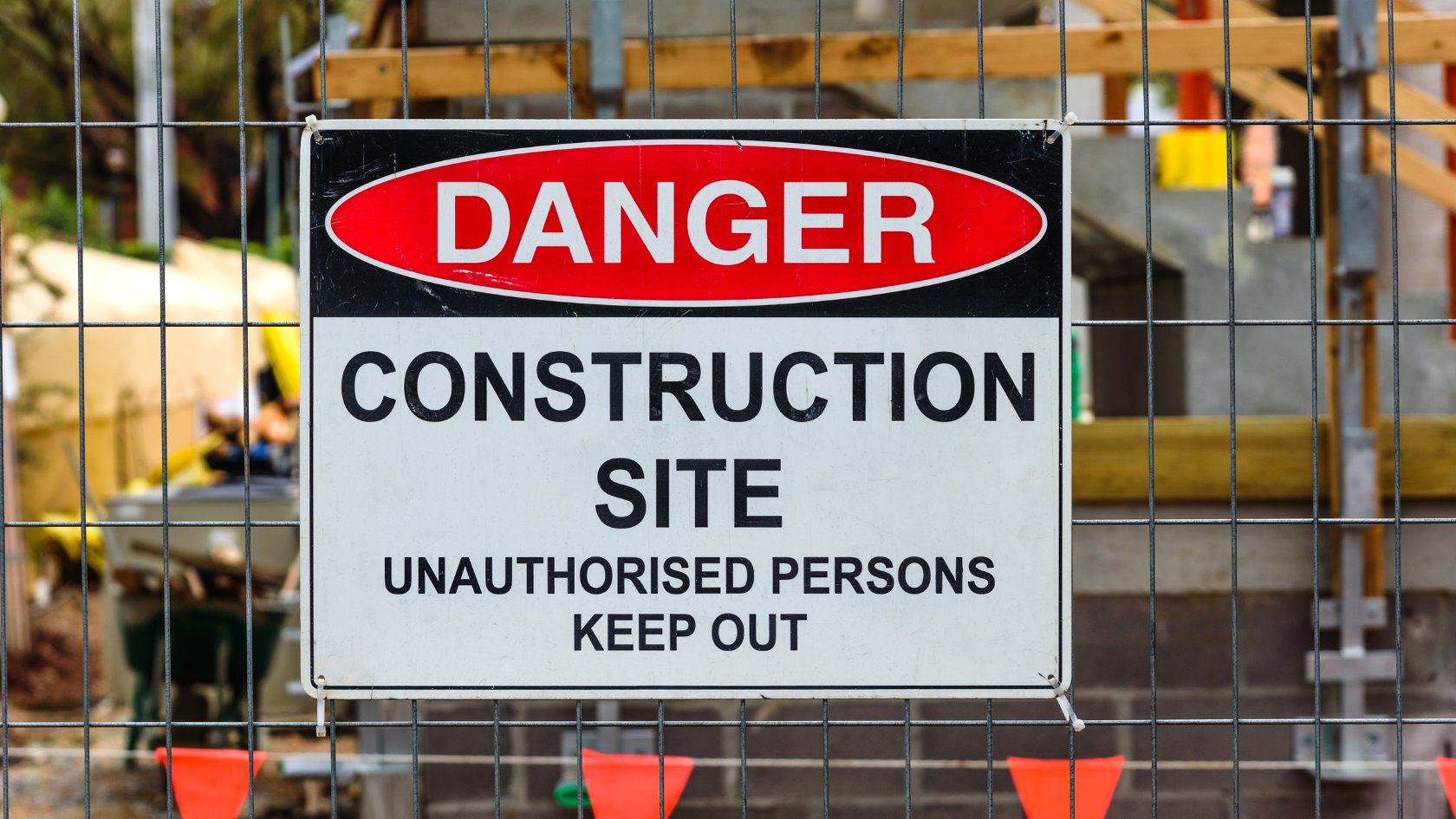
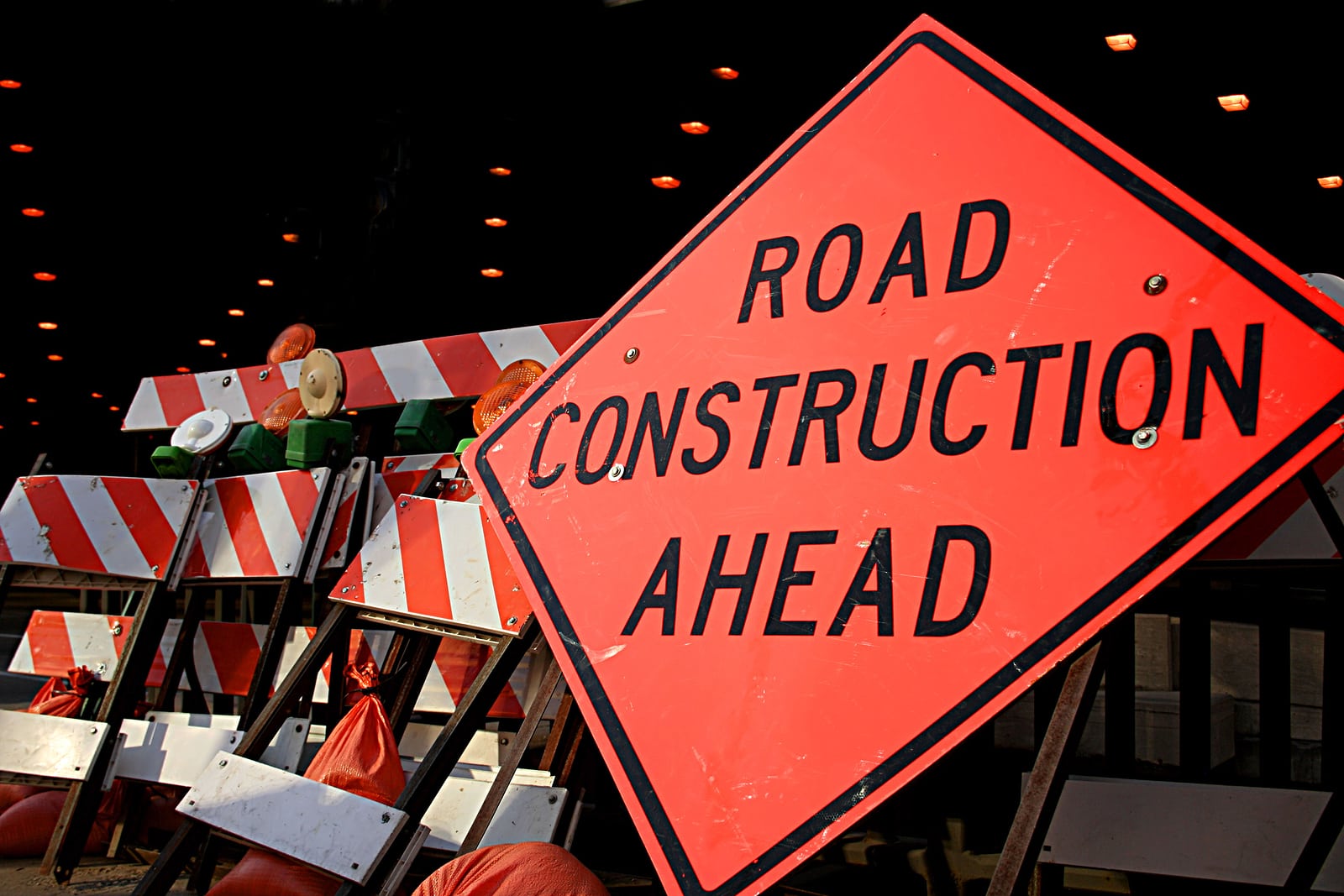
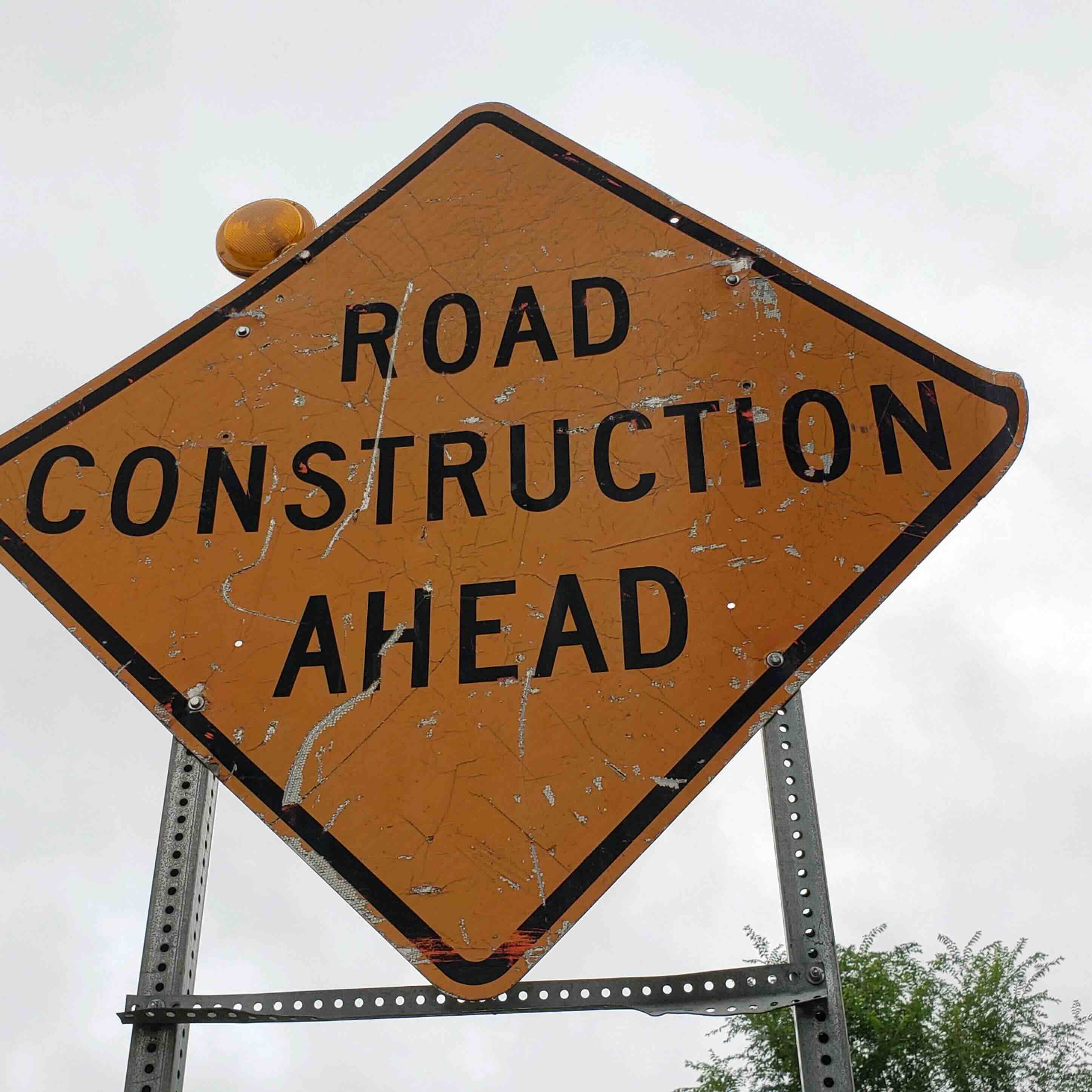
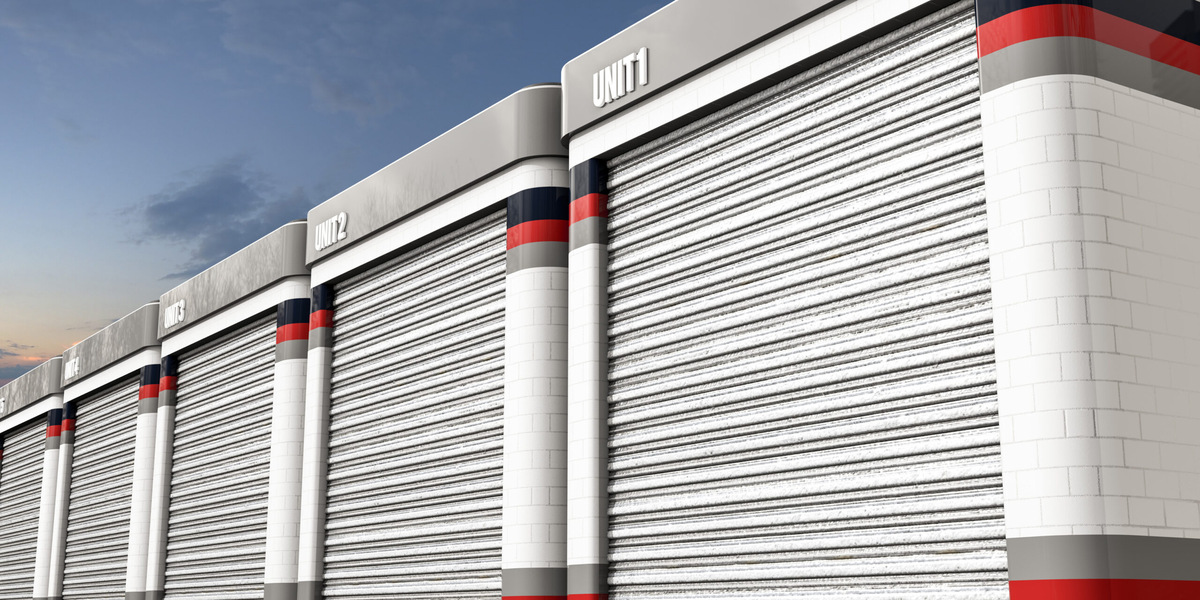
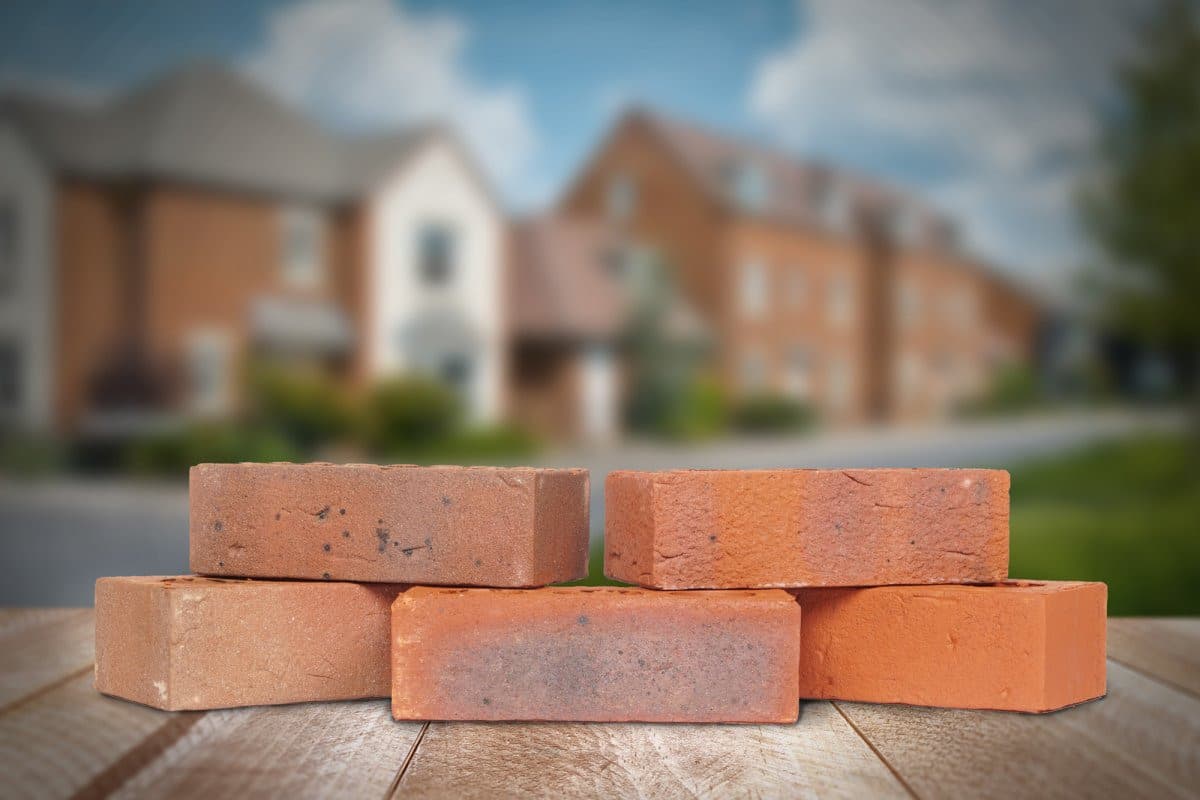
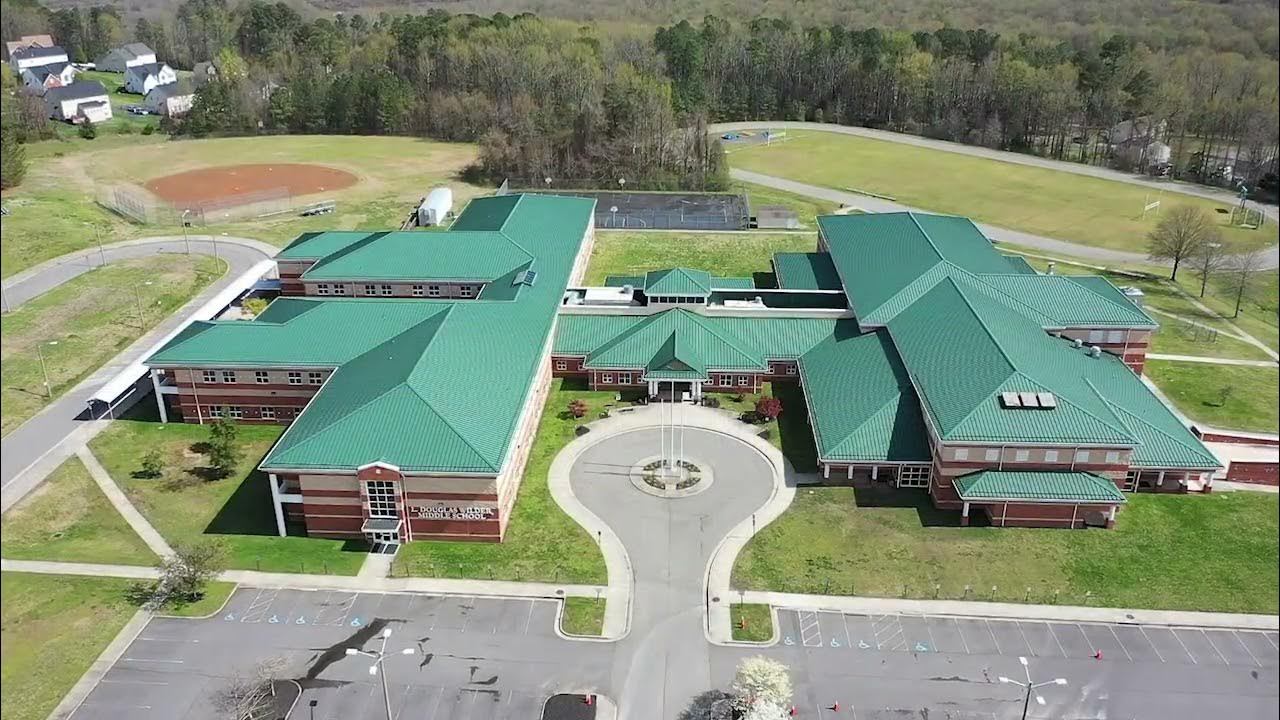


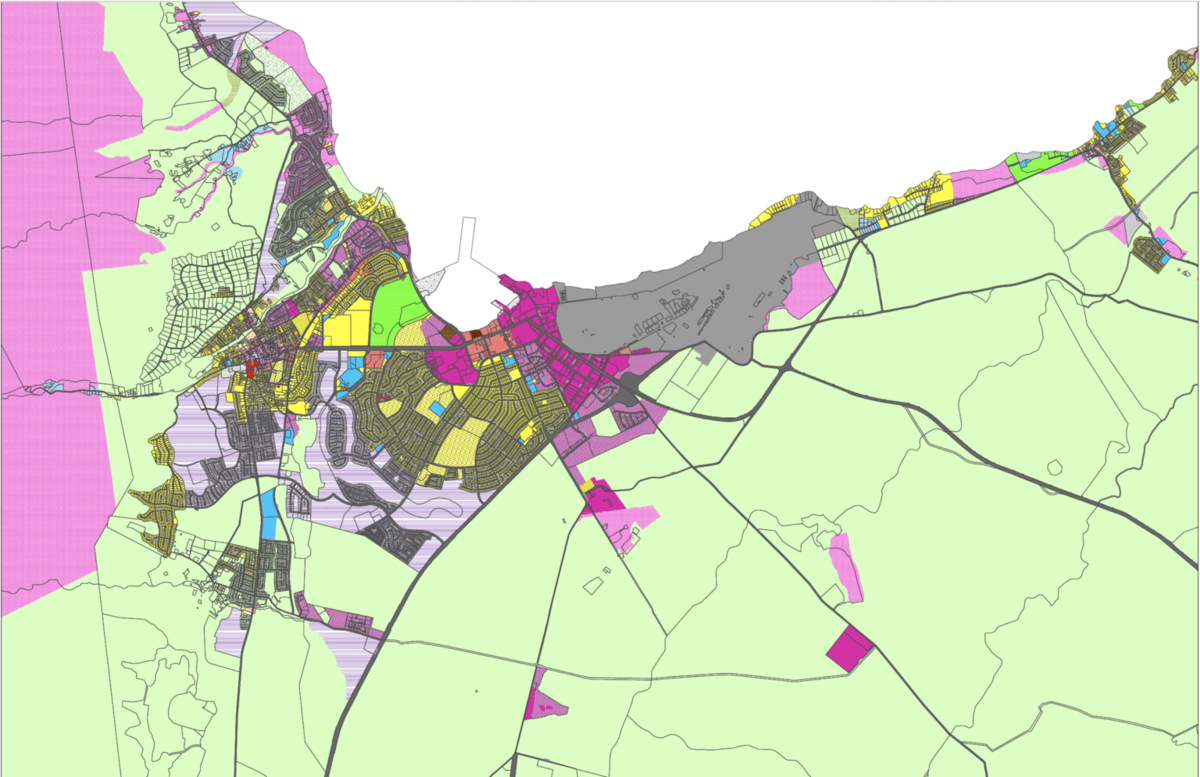

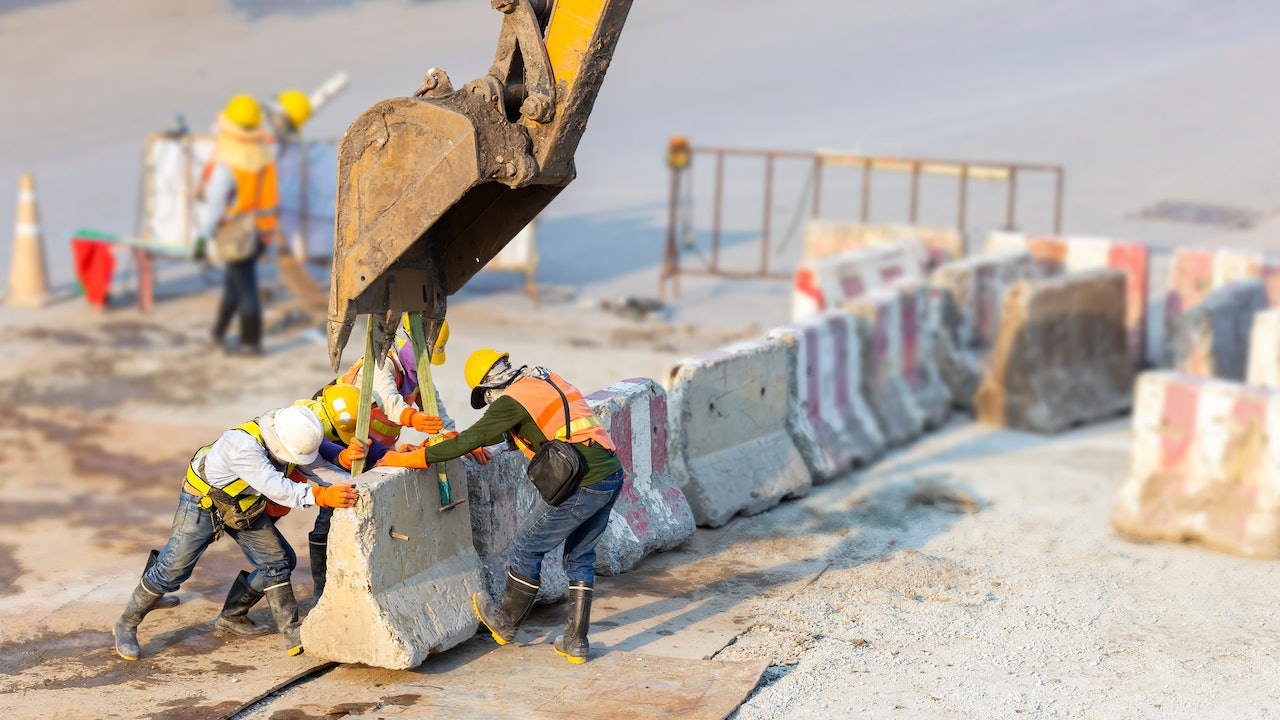
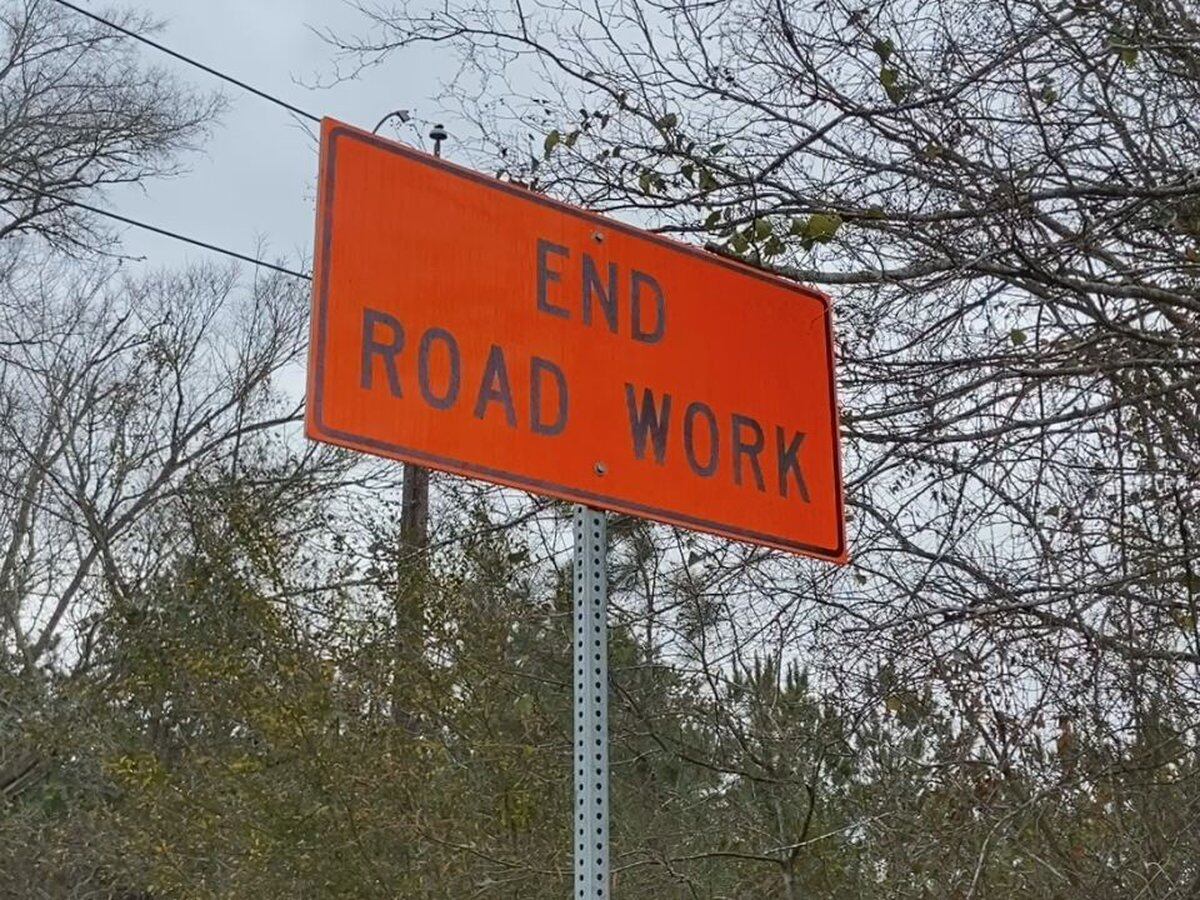

0 thoughts on “What Are Construction Zone Signs And What Color And Shape Are They?”